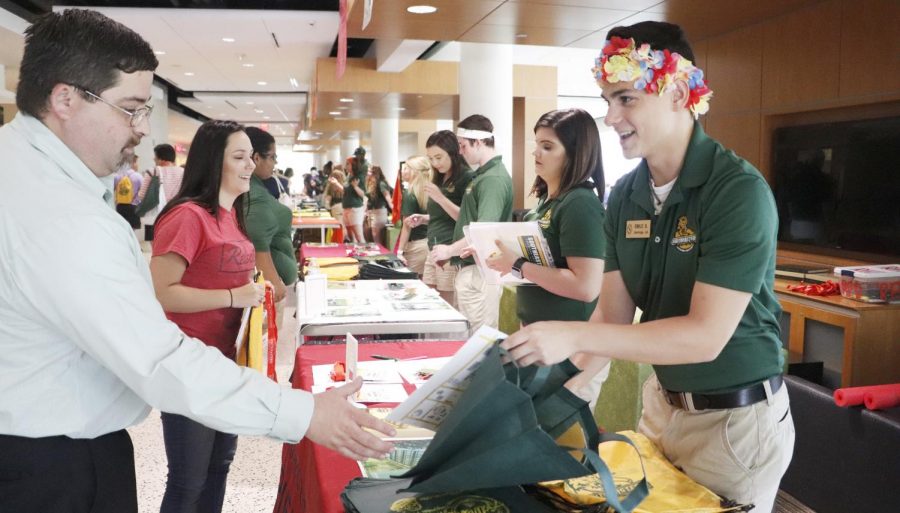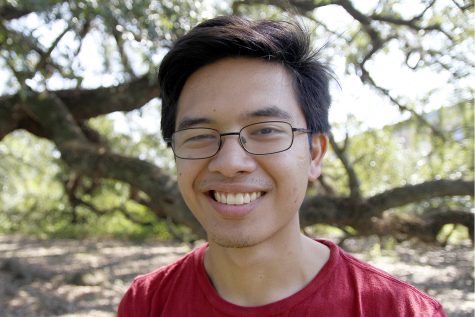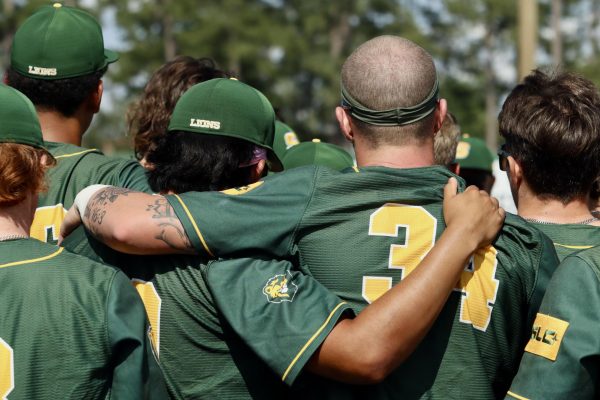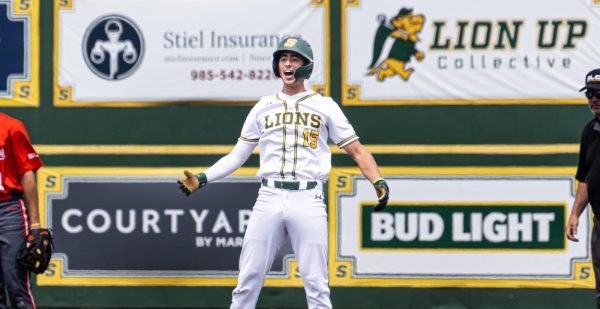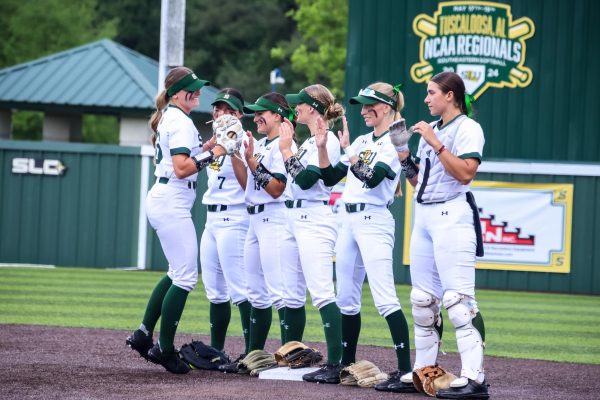Stand out with the first step
File Photo/The Lion’s Roar
At orientation, incoming students and their parents can check in with their orientation leader and color group before getting started on the rest of the day’s activities. Although every university will hold an orientation, their processes may differ.
As universities promote themselves as unique, one of the first differences incoming students experience lies in how these institutions welcome them.
According to Anthony Ranatza, director of admissions, the current orientation format dates back to the late 1980s with orientation leaders. Ranatza compared how orientation has changed since its inception.
“It used to be an auditorium full of the administrators talking at the students about what they needed to do, and as student life changed and continues to change, orientation evolves,” explained Ranatza. “I think the one part I have seen about orientation is it is constantly changing and constantly improving to meet the needs of today’s students. The way we involve technology, the way we involve social skills and soft skills as well as academic skills to course advisement and placement and lots of other things has really kind of positioned us.”
At orientation, incoming students learn background information such as traditions, the university’s academic structure and technical details such as their webmail and the emergency alert system.
While certain elements remain consistent with university orientations such as scheduling classes, picking up a university ID, and learning about campus life, universities will tailor their programs to the student base.
“Our orientation program is comparable to local universities’ programs as far as offering sessions, dividing into color groups, and learning about academic programs, but one huge difference is our students,” said Amanda Hammonds, assistant director of orientation and events. “We have to look at what it is that our students need during orientation and make sure that we are serving them in such a way that all their needs are met during orientation.”
Orientation programs may differ in the presentation of information and sessions, but university size can also determine a university’s approach.
Ranatza shared, “Smaller institutions probably don’t have as much level of engagement with the students as larger institutions, but then the much larger-scale institutions I find are so disconnected from their student needs that they don’t make that relative connection, and orientation is all about connecting students to be successful, connecting them with their advisors, connecting them with their peers, making personal connections and friendships.”
Other details separate orientations at various colleges. At Southeastern Louisiana University, orientation is required for all freshmen although other universities make it mandatory for any incoming student. Whereas SLU consolidated its orientation to a single day, some institutions follow a two-day orientation. Vanderbilt University’s orientation is about a week long. The University of South Florida requires first year students to stay overnight in a residence hall.
Ranatza believes that SLU is recognized as a leader in orientation.
Ranatza said, “They’ve looked to us for leadership when it comes to orientation, but historically, our success comes from we put the foundation back in the students, that it’s a student-led program led by students trained by our faculty and staff, but information provided firsthand so they have a unique experience.”
A relatively new addition to orientation is community partnerships with the Greater Hammond Chamber of Commerce, the Downtown Development District and Tangi Tourism to show students and parents what Hammond and Tangipahoa Parish can offer.
“We have some pretty ambitious goals that we want to accomplish between us and Tangi Tourism and downtown development to really grow and expand our program to get more community participation as well,” shared Ranatza.
Orientation continues to change according to students’ needs.
“We tweak where necessary,” stated Hammonds. “We are intentional with activities, presentations and sessions offered at orientation. Our goal is to provide exactly what students need at the right time.”
Your donation will support The Lion's Roar student journalists at Southeastern Louisiana University.
In addition, your contribution will allow us to cover our annual website hosting costs.
No gift is too small.


